 Abraham Lincoln
If given the truth, the people can be depended upon to meet any national crisis...
Abraham Lincoln
If given the truth, the people can be depended upon to meet any national crisis...
 Guildford news...
for Guildford people, brought to you by Guildford reporters - Guildford's own news service
Guildford news...
for Guildford people, brought to you by Guildford reporters - Guildford's own news service
Birdwatcher’s Diary No.74
Published on: 16 Nov, 2014
Updated on: 16 Nov, 2014
By Malcolm Fincham
November started on a grim note in terms of the continuation of inclement weather and with no newsworthy winter visitors sighted locally by me, apart from just a few improved pictures of redwings as I caught sight of a small group feeding on berries.
A lack of north-easterly wind over the autumn period seems to have restricted the arrival of fieldfares and many other wintering birds. Very few have arrived from Scandinavia compared to this time last year, Aand with just the similar sized mistle thrushes seen feeding on yew berries.
On Sunday, November 9, with much thanks to Dougal, a manically keen local bird watching and wildlife enthusiast, who phoned with an invite that set me off on the road to see some more UK rarities.
This involved an early start on a day trip to Norfolk, picking up a long time friend of his, John, in Kent en-route.
Having travelled and missed out on the first written recorded sighting in the UK of a humpbacked whale off the Norfolk coast in November last year, they had recently received reports of its return almost a year to the day. It was recognised to be the same one by its ‘fingerprint type’ markings. http://www.bbc.co.uk/news/uk-e
With rain and drizzle clearing leaving good visibility and a calm sea, the chances of seeing it was certainly optimistic as we arrived on the coastline at Walcot in Norfolk where it had been spotted just the previous day.
However, after an hour or so our hopes began to wane. My personal interests turned to watching numerous small flocks of between 30 to 50 starlings flying in low from across the sea to winter here.
I also observed skeins of pink-footed geese as they flew overhead to feed on the stubble in the fields.
Eventually news came through on Dougal’s pager that it had been sighted at Sea Palling. http://www.dailymail.co.uk/new
Although about two miles out at sea, it could still be viewed well through our telescopes and with the calm waters I was even able to capture a few record shots.
Having taken in what were probably the best of the views of it that day, and even getting a shot of its distinctive tail as it showed on several occasions above the water, I was promised another rare sighting, this time of the avian kind.
Driving on down the coastline we arrived at Gorleston-on-sea near Great Yarmouth, where one of several desert wheatears had mistakenly found their way to the UK, including one that had been seen recently in Essex. http://www.bbc.co.uk/news/uk-e
This particular one was a female.
Moving on just a few miles south and across the border into Suffolk, we arrived at Lowestoft. Although daylight by then was starting to fade, we couldn’t resist rounding off our trip with viewing and even getting what I felt were some very pleasing shots of a rather obliging juvenile male of the species.
On November 12 I decided to risk taking my camera with me to Stoke Nature Reserve in the hope of not getting it wet on one of only a few sunny and dry looking afternoons that I’ve been available to do get out during the past two weeks.
This gave me the chance to photograph a few of the many starlings now gaining in numbers in and around the sewage works.
Although a dull looking bird when viewed from a distance, they can look quite iridescent at close quarters.
Further along the towpath a flock of more than 50 wintering lapwings could also be seen circling across the river in the direction of Burpham Court Farm.
The barn owl continues to be seen in its daytime roost near Bowers Lock, but with many attempts of catching pictures of it out hunting this one appears to be very much a night owl.
Common buzzards, often favouring the sunnier days, can be seen locally on a regular basis, with even a few signtings recently over the more built up areas of Stoughton.
At Stoke Lake I managed to pick out an unusual looking Canada goose among the 40 or so out on the water.
It wasn’t long however before the clouds started to build up once again to give me yet another soaking, but leaving me with a photo of a rainbow left in its wake as a silver lining.
Responses to Birdwatcher’s Diary No.74
Leave a Comment Cancel replyPlease see our comments policy. All comments are moderated and may take time to appear.
Recent Articles
- Guildford Institute’s Crowdfunding Project for Accessible Toilet in its New Community and Wellbeing Centre
- Letter: Guildford – Another Opportunity Missed?
- Letter: GBC’s Corporate Strategy – Where Is the Ambition?
- My Memories of John Mayall at a Ground-breaking Gig in Guildford Nearly Six Decades Ago
- Westborough HMO Plans ‘Losing the Heart of the Street’ Says Resident
- College Invests to Boost Surrey’s Economy and Close Digital Skills Gap
- Community Lottery Brings Big Wins for Local Charities
- GBC Housing Plan Promises ‘A Vibrant Urban Neighbourhood’ Near Town Centre
- Hospital Pillows ‘Shortage’ at the Royal Surrey
- Updated: Caravans Set Up Camp at Ash Manor School


Recent Comments
- Ian Macpherson on Updated: Main Guildford to Godalming Road Closed Until August 1
- Sara Tokunaga on GBC Housing Plan Promises ‘A Vibrant Urban Neighbourhood’ Near Town Centre
- Michael Courtnage on Daily Mail Online Reports Guildford Has Highest-paid Council Officer
- Alan Judge on GBC Housing Plan Promises ‘A Vibrant Urban Neighbourhood’ Near Town Centre
- John Perkins on GBC Housing Plan Promises ‘A Vibrant Urban Neighbourhood’ Near Town Centre
- S Collins on GBC Housing Plan Promises ‘A Vibrant Urban Neighbourhood’ Near Town Centre
Search in Site
Media Gallery
Dragon Interview: Local Artist Leaves Her Mark At One of England’s Most Historic Buildings
January 21, 2023 / No Comment / Read MoreDragon Interview: Lib Dem Planning Chair: ‘Current Policy Doesn’t Work for Local People’
January 19, 2023 / No Comment / Read MoreA3 Tunnel in Guildford ‘Necessary’ for New Homes, Says Guildford’s MP
January 10, 2023 / No Comment / Read More‘Madness’ for London Road Scheme to Go Ahead Against ‘Huge Opposition’, Says SCC Leader
January 6, 2023 / No Comment / Read MoreCouncillor’s Son Starts Campaign for More Consultation on North Street Plan
December 30, 2022 / No Comment / Read MoreCounty Council Climbs Down Over London Road Works – Further ‘Engagement’ Period Announced
December 14, 2022 / No Comment / Read MoreDragon Interview: GBC Reaction to the Government’s Expected Decision to Relax Housing Targets
December 7, 2022 / No Comment / Read MoreHow Can Our Town Centre Businesses Recover? Watch the Shop Front Debate
May 18, 2020 / No Comment / Read More



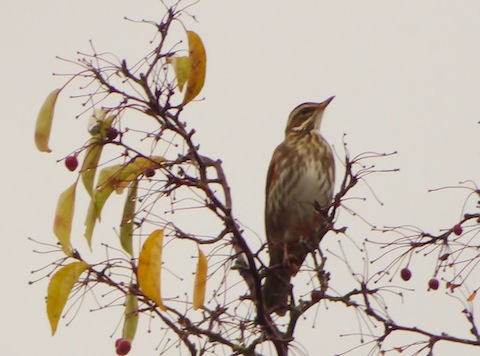
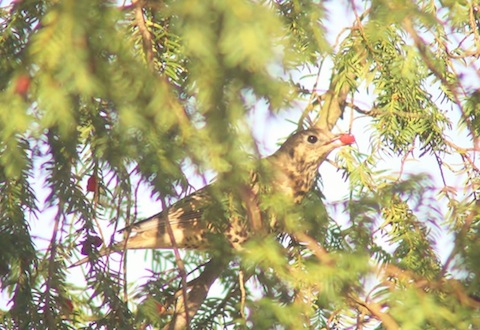
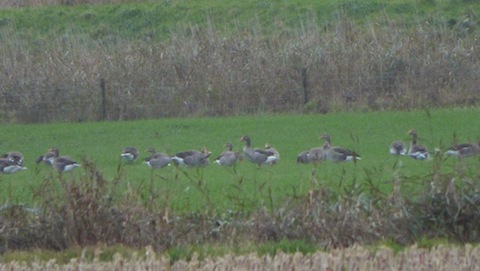


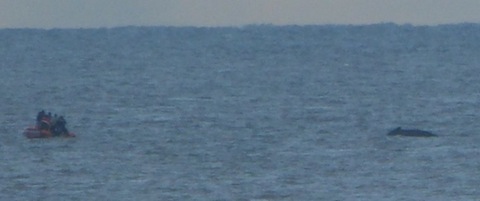
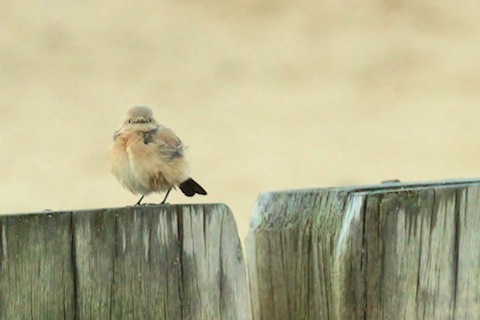

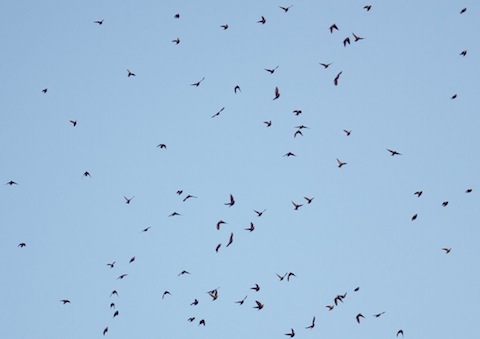
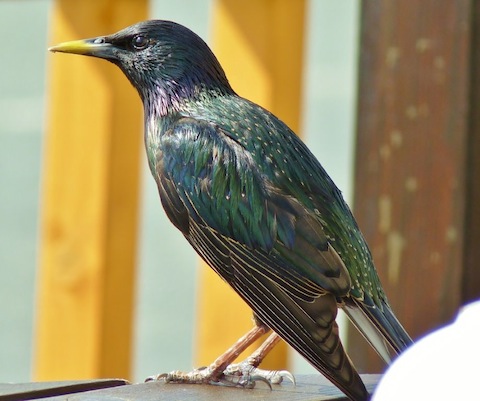
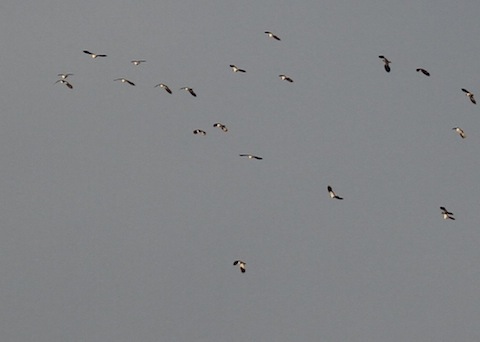
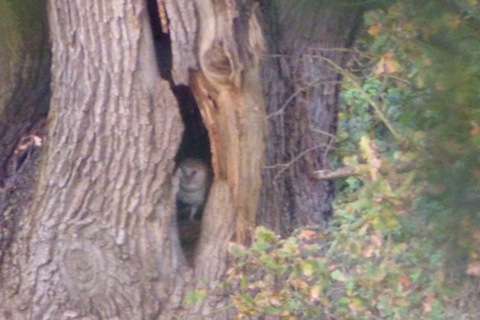
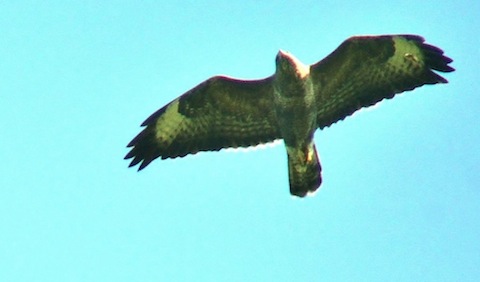
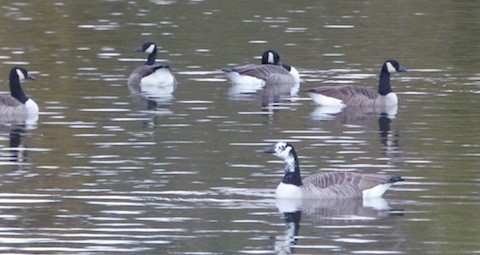
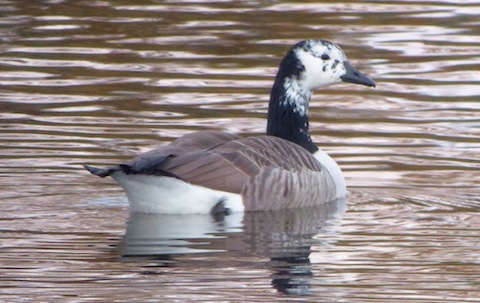







Bob Smith
November 17, 2014 at 11:57 am
Fantastic – a humpback whale off our coast. Good job it’s not April Fool’s day, no one would have believed you. Great stuff.